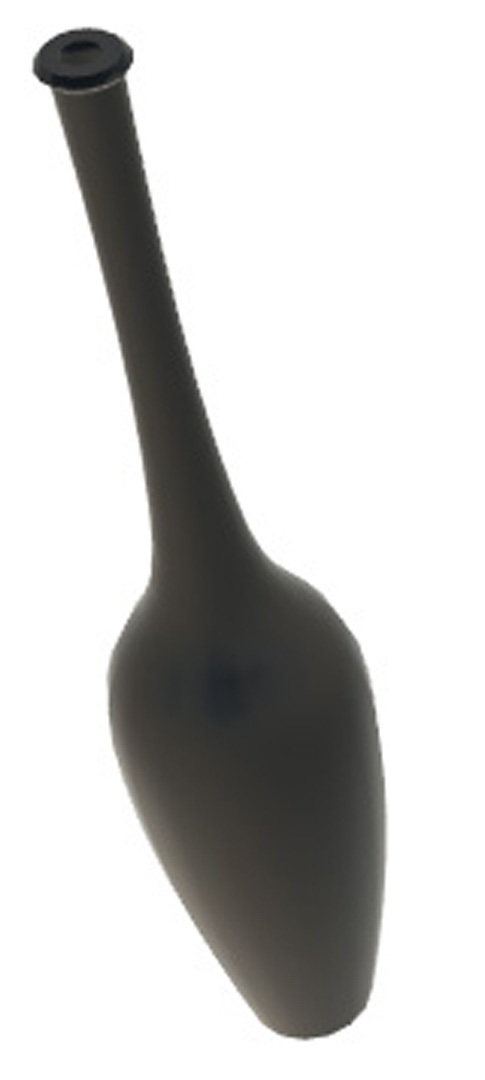“Gaze-Contingent Ocular Parallax Rendering for Virtual Reality”
Conference:
Type(s):
Entry Number: 56
Title:
- Gaze-Contingent Ocular Parallax Rendering for Virtual Reality
Presenter(s)/Author(s):
Abstract:
Current-generation virtual reality (VR) displays aim to generate perceptually realistic user experiences by accurately rendering many perceptually important effects including perspective, dis parity, motion parallax, and other depth cues. We introduce ocular parallax rendering, a technology that renders small amounts of gaze-contingent parallax capable of further increasing perceptual realism in VR. Ocular parallax, small depth-dependent image shifts on the retina created as the eye rotates, occurs because the cen ters of rotation and projection of the eye are not the same. We study the perceptual implications of ocular parallax rendering by designing and conducting a series of user experiments. We estimate perceptual detection and discrimination thresholds for this effect and demonstrate that it is clearly visible in most VR applications. However, our studies also indicate that ocular parallax rendering does not significantly improve depth perception in VR.
References:
David A. Atchison. 2017. Schematic Eyes. In Handbook of Visual Optics, Volume I – Fundamentals and Eye Optics, Pablo Artal (Ed.). CRC Press, Chapter 16. Geoffrey P. Bingham. 1993. Optical flow from eye movement with head immobilized: “Ocular occlusion” beyond the nose. Vision Research 33, 5 (1993). David Brewster. 1845. On the Law of Visible Position in Single and Binocular Vision, and on the representation of Solid Figures by the Union of dissimilar Plane Pictures on the Retina. Proc. Royal Society of Edinburgh 1 (1845).
James Cutting and Peter Vishton. 1995. Perceiving layout and knowing distances: The interaction, relative potency, and contextual use of different information about depth. In Perception of Space and Motion. Academic Press, Chapter 3.
Brian Guenter, Mark Finch, Steven Drucker, Desney Tan, and John Snyder. 2012. Foveated 3D Graphics. ACM Trans. Graph. (SIGGRAPH Asia) 31, 6 (2012). Itzhak Hadani, Gideon Ishaim, and Moshe Gur. 1980. Visual stability and space perception in monocular vision: mathematical model. OSA J. Opt. Soc. Am. 70, 1 (1980).
Hiroaki Kudo and Noboru Ohnishi. 1998. Study on the ocular parallax as a monocular depth cue induced by small eye movements during a gaze. In Proc. IEEE Engineering in Medicine and Biology Society, Vol. 6.
Hiroaki Kudo, Masaya Saito, Tsuyoshi Yamamura, and Noboru Ohnishi. 1999. Mea surement of the ability in monocular depth perception during gazing at near visual target-effect of the ocular parallax cue. In Proc. IEEE International Conference on Systems, Man, and Cybernetics, Vol. 2.
Michael F. Land. 1995. Fast-focus telephoto eye. Nature 373 (1995). Alistair P. Mapp and Hiroshi Ono. 1986. The rhino-optical phenomenon: Ocular parallax and the visible field beyond the nose. Vision Research 26, 7 (1986). Nitish Padmanaban, Robert Konrad, Tal Stramer, Emily A. Cooper, and Gordon Wet zstein. 2017. Optimizing virtual reality for all users through gaze-contingent and adaptive focus displays. PNAS 114, 9 (2017).
Anjul Patney, Marco Salvi, Joohwan Kim, Anton Kaplanyan, Chris Wyman, Nir Benty, David Luebke, and Aaron Lefohn. 2016. Towards Foveated Rendering for Gaze tracked Virtual Reality. ACM Trans. Graph. (SIGGRAPH Asia) 35, 6 (2016).
John D. Pettigrew, Shaun P. Collin, and Matthias Ott. 1999. Convergence of specialised behaviour, eye movements and visual optics in the sandlance (Teleostei) and the chameleon (Reptilia). Current Biology 9, 8 (1999).
Keyword(s):
Acknowledgements:
This project was supported by Intel, a Sloan Fellowship, the Okawa Foundation, and the National Science Foundation (NSF; 1553333, 1839974).







